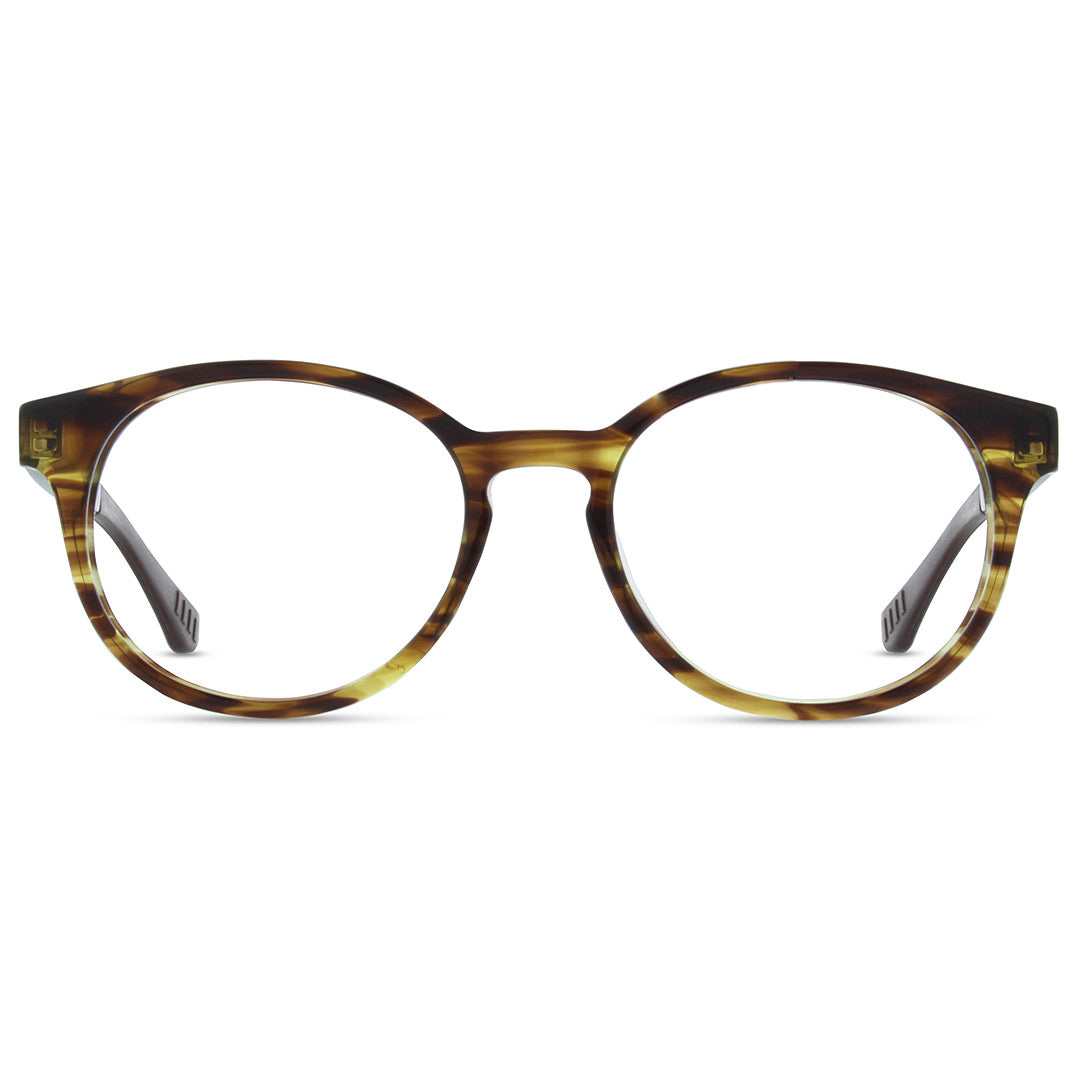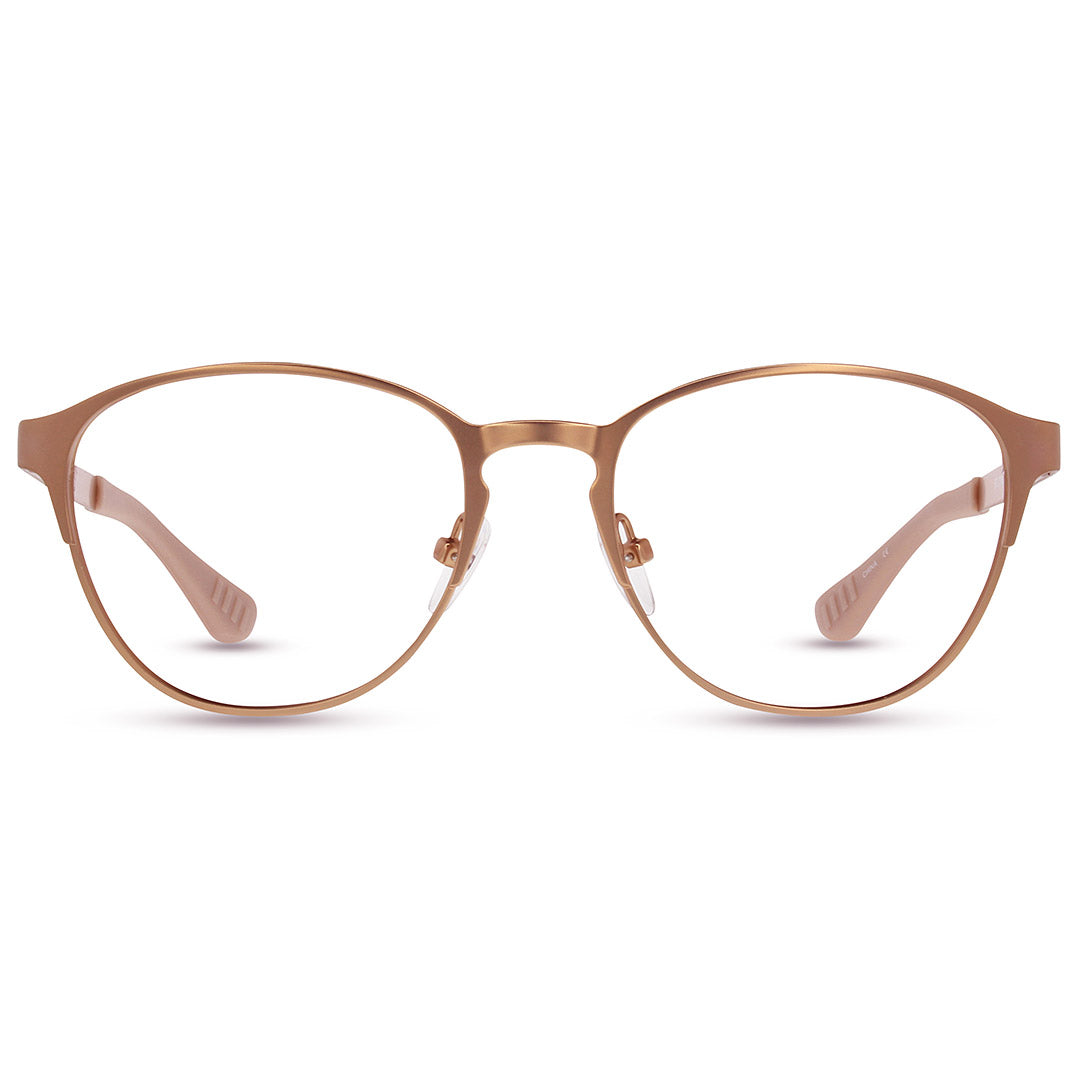"Children often do not realize there is a problem and accept their vision as it is," states Dr. Jonathan H. Salvin via Metro Kids.
Having to squint or a possible blurred image may come off as normal to your children because that is what they are used to. That's why it is important to have your children's eyes checked regularly to avoid more serious issues down the road.
There is a lot to know about your eyes and what symptoms to look for when detecting children's vision problems. And good news for you, you don't have to be an optometrist to know these symptoms - we have laid out the most common vision problems and the best ways to treat them. These issues may be a sign your child needs glasses, and Jonas Paul Eyewear can help!
**If any of these symptoms seem alarming to you, we advise you to schedule an appointment with your child's eye doctor to have it checked as soon as you can!*








